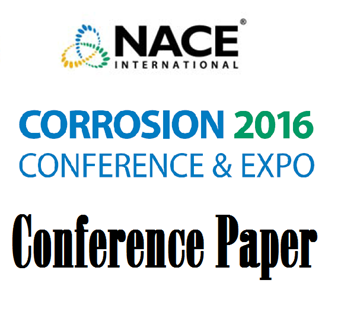Search
51312-01098-BENEFICIAL EFFECTS OF CHEMICAL TREATMENT AND MAINTENANCE PIGGING PROGRAMS IN RETURNING PIPELINE TO P
Also Purchased
51316-7023-Methodology For The Evaluation Of Cleaning Pigs On Sludge Deposits From Corrosion Pits
Product Number:
51316-7023-SG
ISBN:
7023 2016 CP
Publication Date:
2016
$20.00
04159 Experiences Pigging and Inspecting Mature Subsea Oil Pipelines
Product Number:
51300-04159-SG
ISBN:
04159 2004 CP
$20.00




